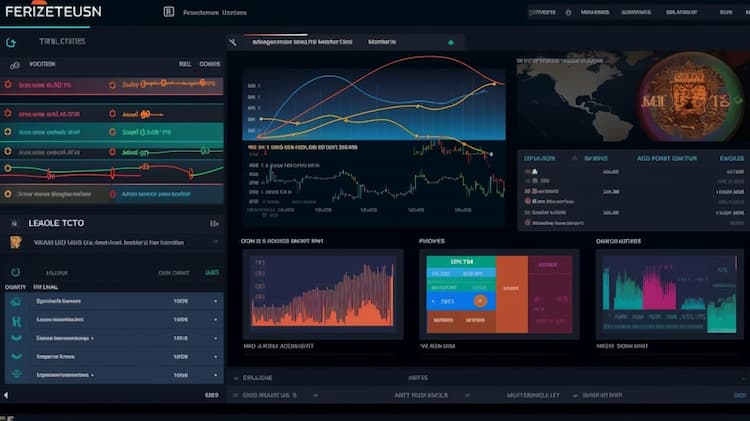
VXX VS SVXY: A Comparison of ETFs
Exchange-Traded Funds (ETFs) have transformed the investment landscape, offering diverse exposure to various sectors and asset classes. In this article, we will conduct an in-depth comparison between two popular ETFs: VXX (iPath Series B S&P 500 VIX Short-Term Futures ETN) and SVXY (ProShares Short VIX Short-Term Futures ETF). We'll explore crucial aspects, including ETF tickers, full names, issuers, sectors, top holdings, capitalization, investment strategy, tracking methods, and exposure.
VXX VS SVXY: Overview
VXX and SVXY represent two ETFs with contrasting investment strategies in the realm of volatility and market sentiment. While VXX is designed to track the S&P 500 VIX Short-Term Futures Index, reflecting market volatility expectations, SVXY seeks inverse performance to the same index, aiming to profit from declining volatility. This inherent difference in focus leads to distinct risk profiles and potential returns, a comparison of which forms the foundation of this analysis.
VXX VS SVXY: Sectors and Top Holdings
The VXX ETF primarily revolves around VIX futures contracts and the volatility market. In contrast, SVXY capitalizes on inverse VIX futures, targeting market periods of lower volatility. The top holdings of these ETFs aren't traditional stocks but rather derivative contracts. Analyzing the sectors, they represent and their top holdings can assist investors in grasping the fundamental differences between the two funds and how they respond to market conditions.
 VXX overlap VXX VS SVXY: A Comprehensive Comparison of ETFs
VXX overlap VXX VS SVXY: A Comprehensive Comparison of ETFs
VXX VS SVXY: Capitalization and Investment Strategy
VXX and SVXY exhibit differing levels of assets under management (AUM), reflecting their roles in portfolios seeking volatility exposure or hedging. VXX's strategy lies in capturing short-term volatility movements, appealing to those anticipating market upheavals. SVXY, on the other hand, thrives in calmer markets, offering investors an avenue to benefit from periods of subdued volatility. The contrast in capitalization and investment approach prompts careful consideration when choosing between these ETFs.
VXX VS SVXY: Tracking Methods and Exposure
The tracking methods of VXX and SVXY highlight their opposing stances toward market volatility. VXX follows a long strategy, aiming to replicate the VIX futures index's performance. Conversely, SVXY leverages a short strategy, seeking inverse performance to the VIX futures index. This divergence in tracking methods translates into inverse returns during market fluctuations. Understanding how these ETFs function and their exposure dynamics is essential for aligning them with an investor's risk appetite and market outlook.
Conclusion
VXX and SVXY present unique opportunities for investors seeking to engage with volatility and manage risk in their portfolios. For those wishing to gain deeper insights into these ETFs, their holdings, correlations, and market outlooks, utilizing tools like ETF insider can be invaluable. With its user-friendly interface, this application provides comprehensive information about various financial instruments, aiding investors in making well-informed decisions.
Disclaimer: This article does not offer investment advisory services. It is essential to conduct thorough research and consult with financial professionals before making investment decisions.
Sources:
VXX ETF issuer
VXX ETF official page
VXX quote and analysis
Discover the top holdings, correlations, and overlaps of ETFs using our visualization tool.
Our app allows you to build and track your portfolio.
To learn more about the VXX iPath Series B S&P 500 VIX Short-Term Futures ETN, access our dedicated page now.







